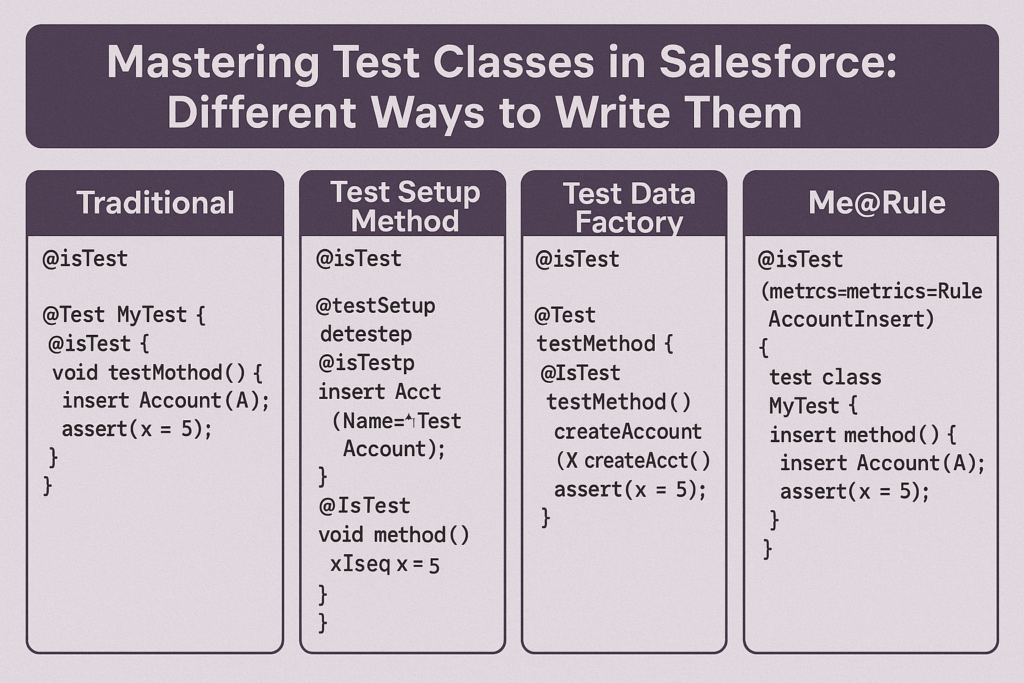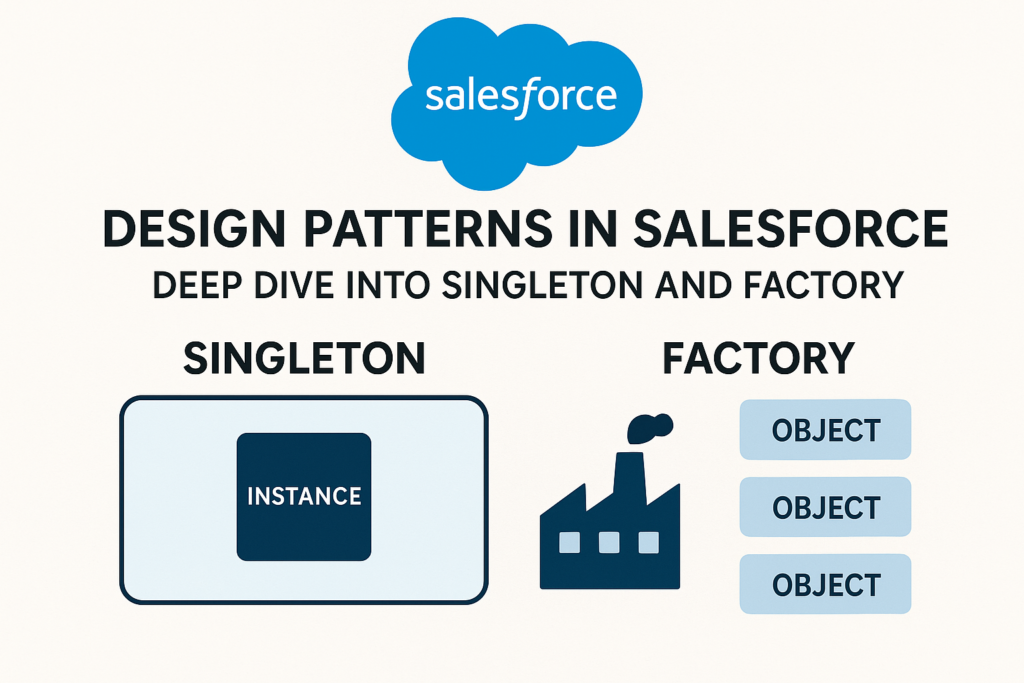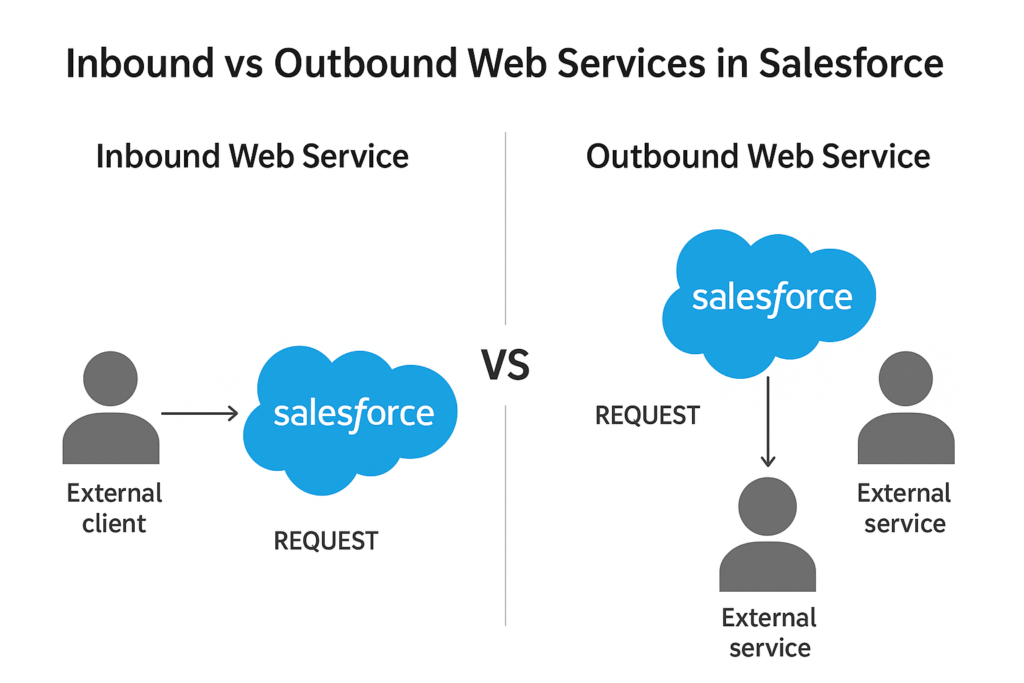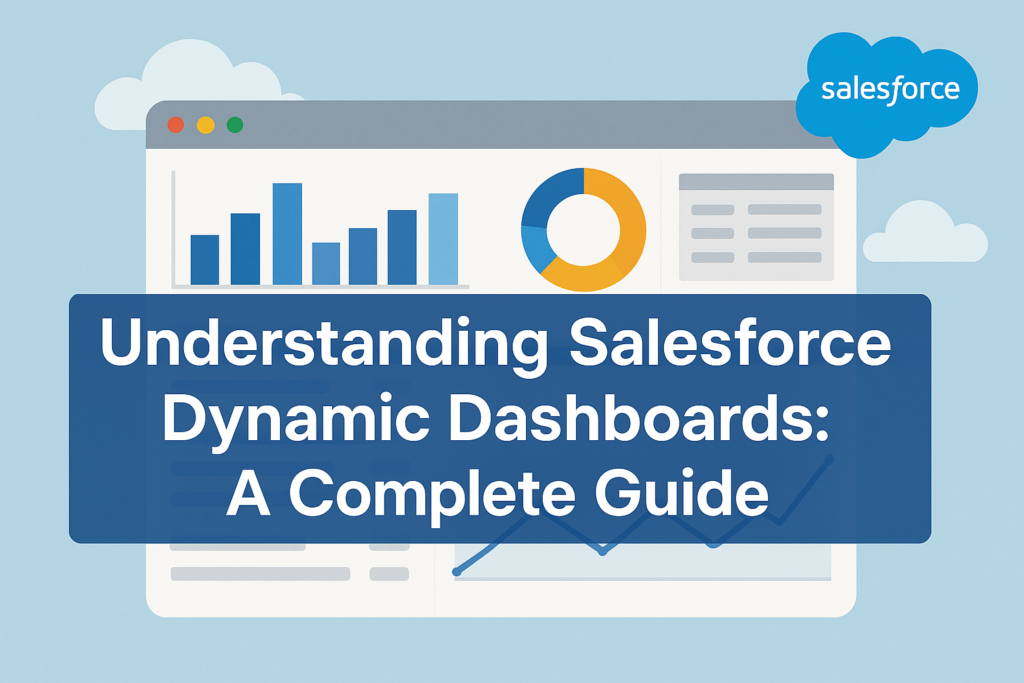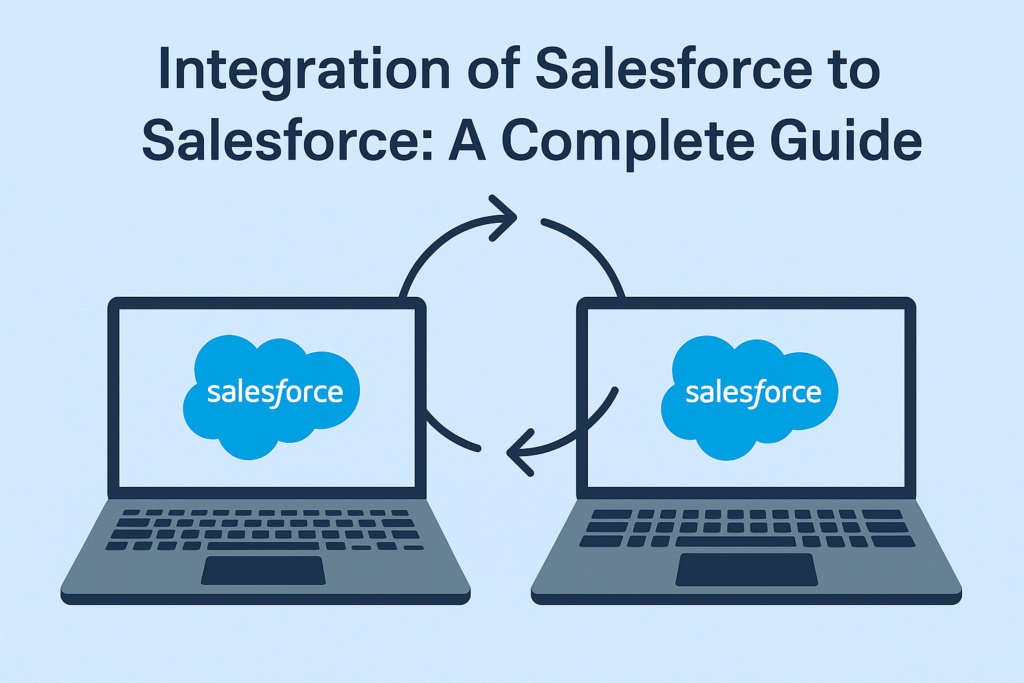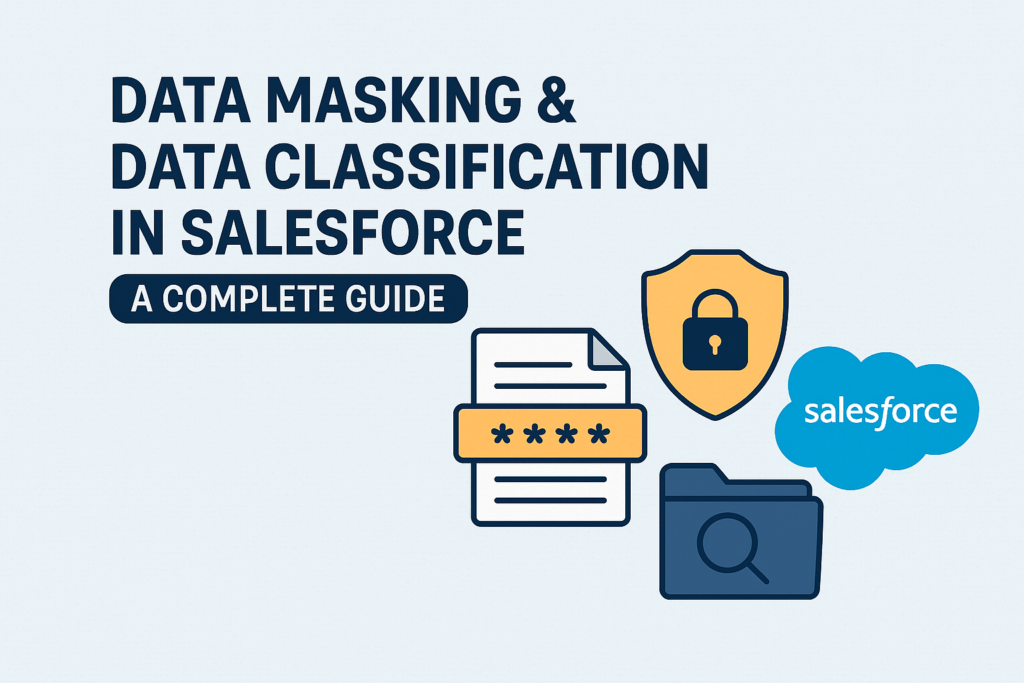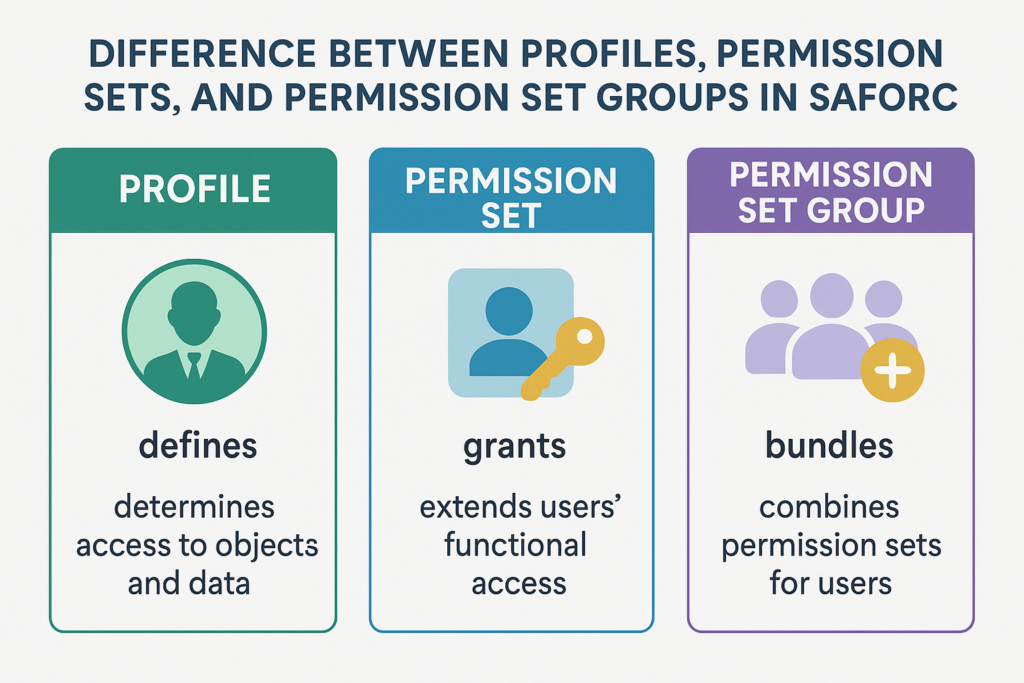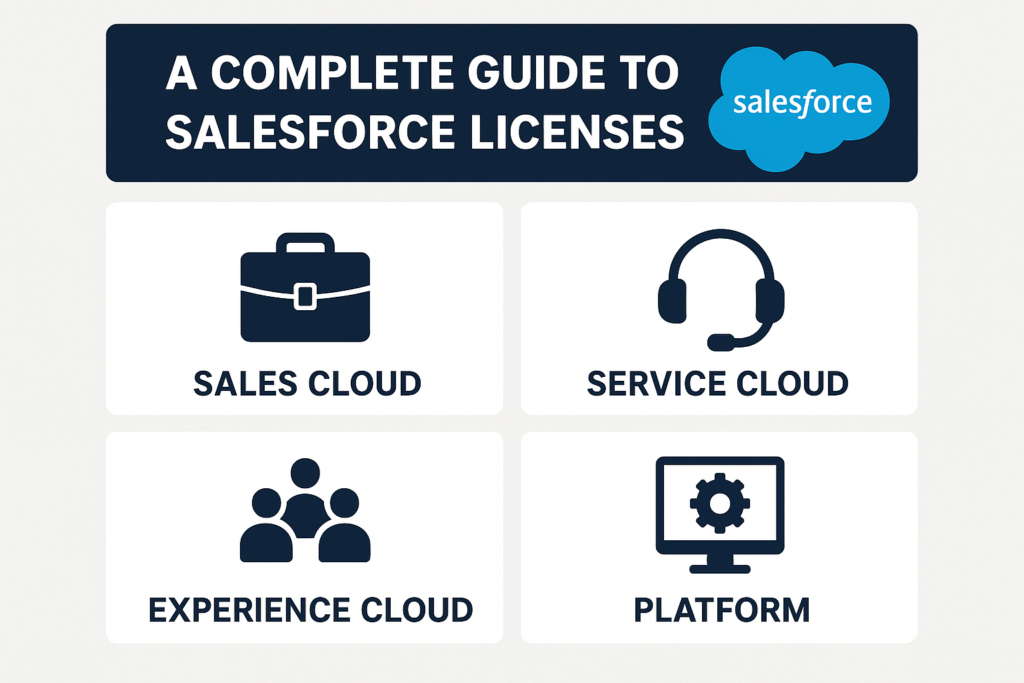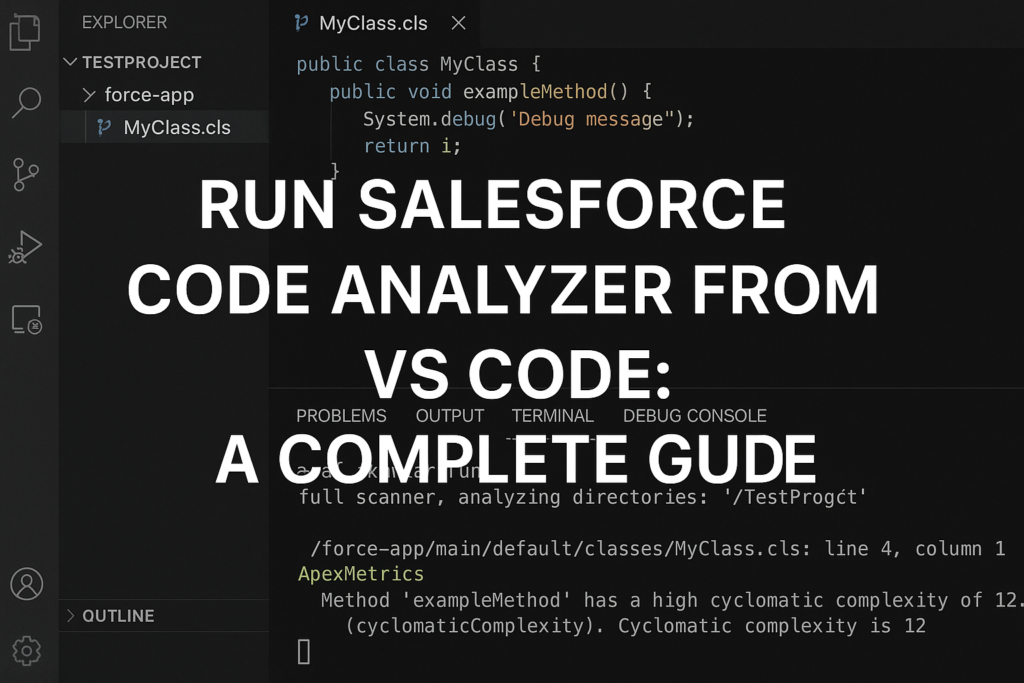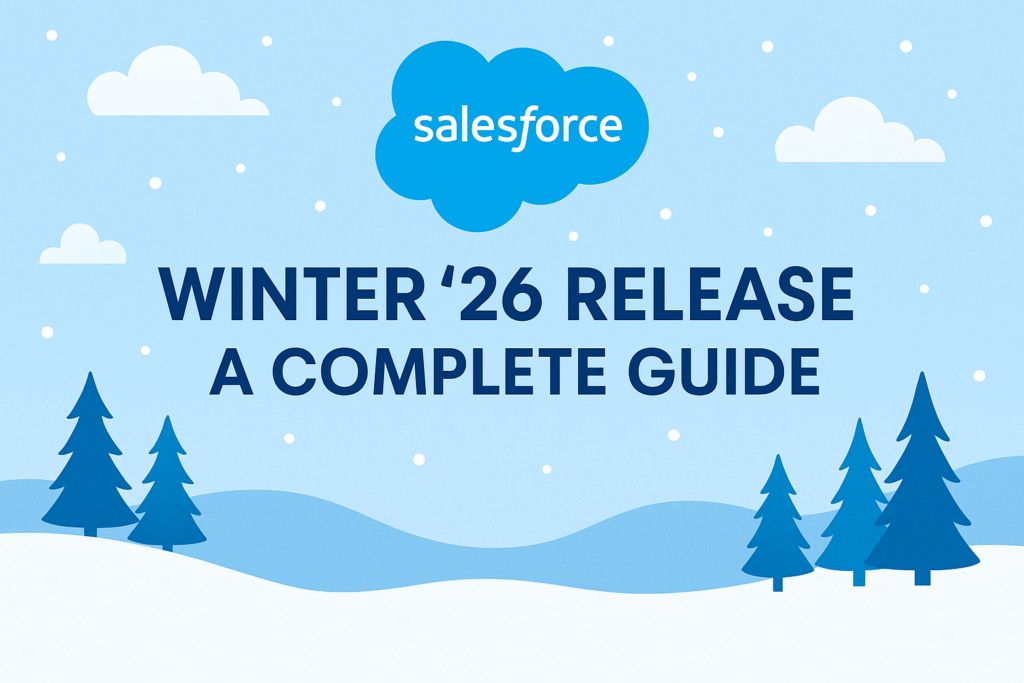Mastering Test Classes in Salesforce: Different Ways to Write Them
Mastering Test Classes in Salesforce: Different Ways to Write Them Testing in Salesforce isn’t just a best practice — it’s a requirement. Apex code must have at least 75% test coverage before it can be deployed to production. But test coverage alone doesn’t guarantee quality — well-written test classes prove your logic works, prevent regressions, […]
Mastering Test Classes in Salesforce: Different Ways to Write Them Read More »

